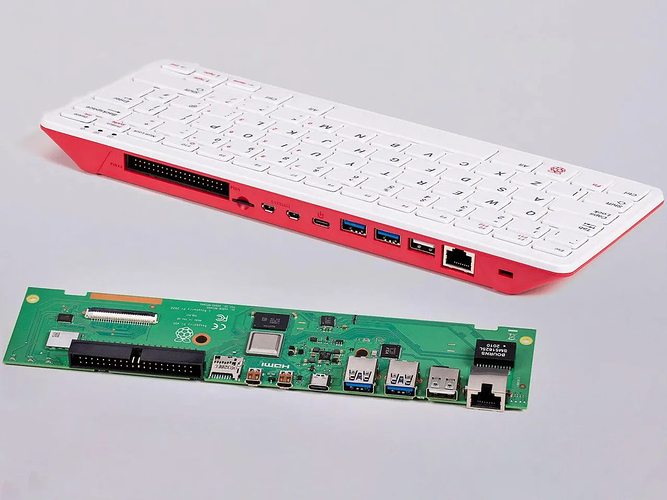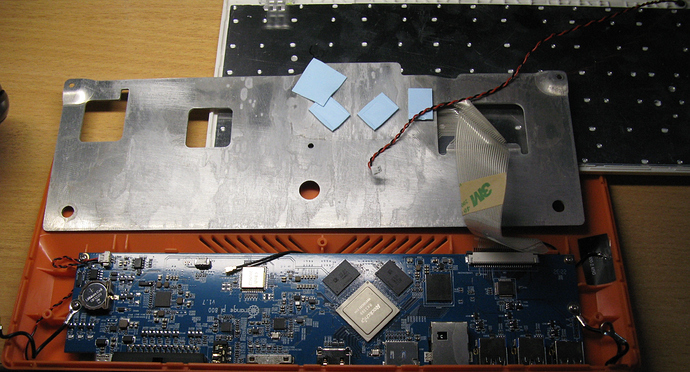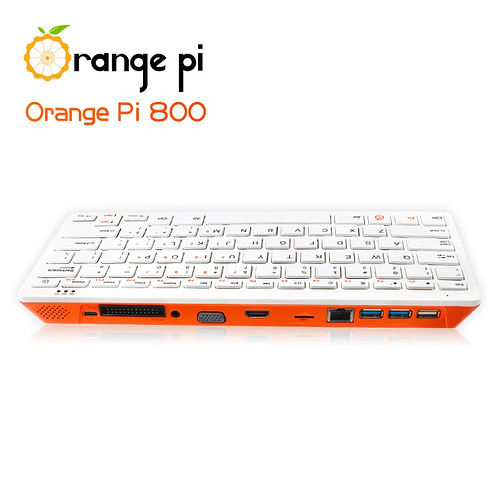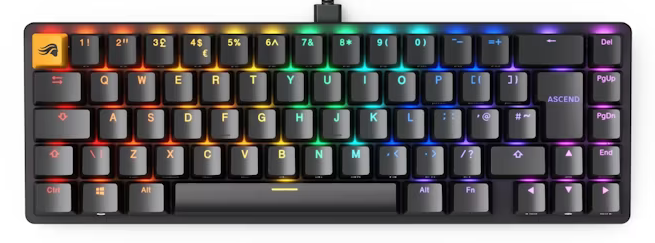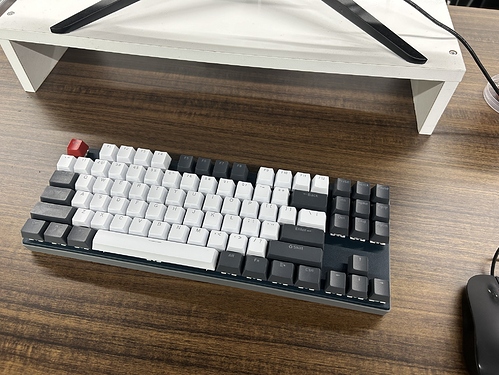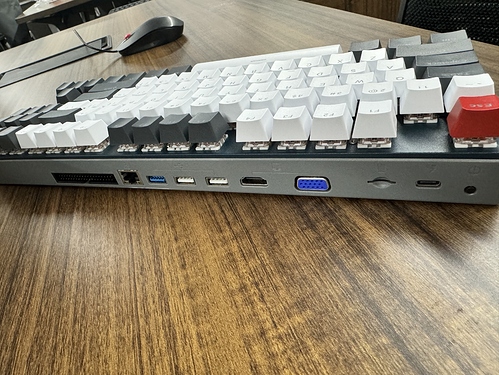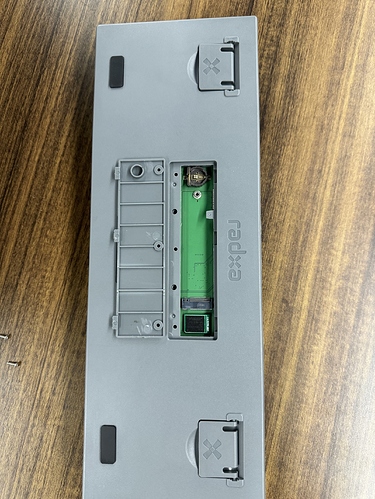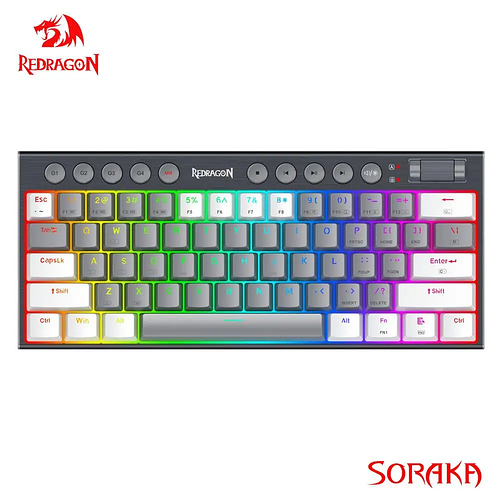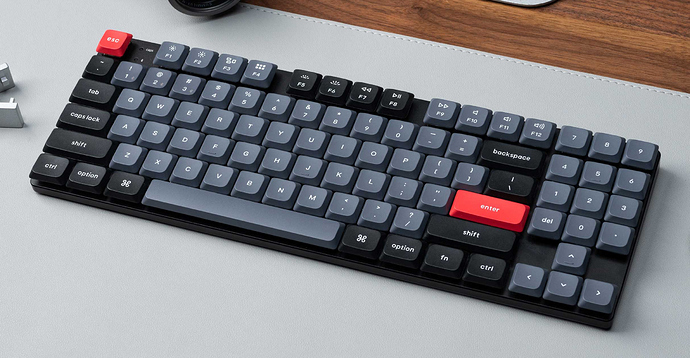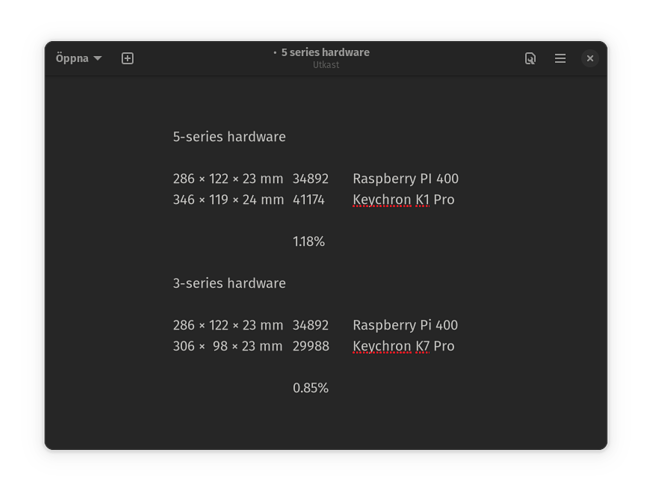Why does RADXA still not have an analogue? I don’t want a Pi 400, it only has 4 gigabytes of RAM and a weak processor, as well as micro HDMI and no PD 3.0 and no support for 4K@120Hz video mode, I don’t want an Orange 800, it has a stupid VGA, it’s a little more powerful, but that’s all it is also weak for 2024 and it is of lower quality, which can be seen from the traces of rough processing of the cooling metal. I’m a fan of Radxa, I like this team and I would buy such a PC keyboard with support for 4K@120Hz video mode via one 3 in 1 PD cable - Power, Video, DATA and 8-16Gb of dual-channel RAM LPDDR5X 7500MHz or 9600MHz. It would also be cool to have an M.2 SSD slot or two, Or better yet, a soldered fast SSD memory of 256 gigabytes or 512. I would install FydeOS on it, it would be a great backup PC, they could become very popular and carve out a niche for themselves and get updates every few years. A green bottom would look cool next to these two. If it appears, please make the Enter button large in the shape of an L, like on retro computers.
If it appears, please make the Enter button large in the shape of an L, like on retro computers.

